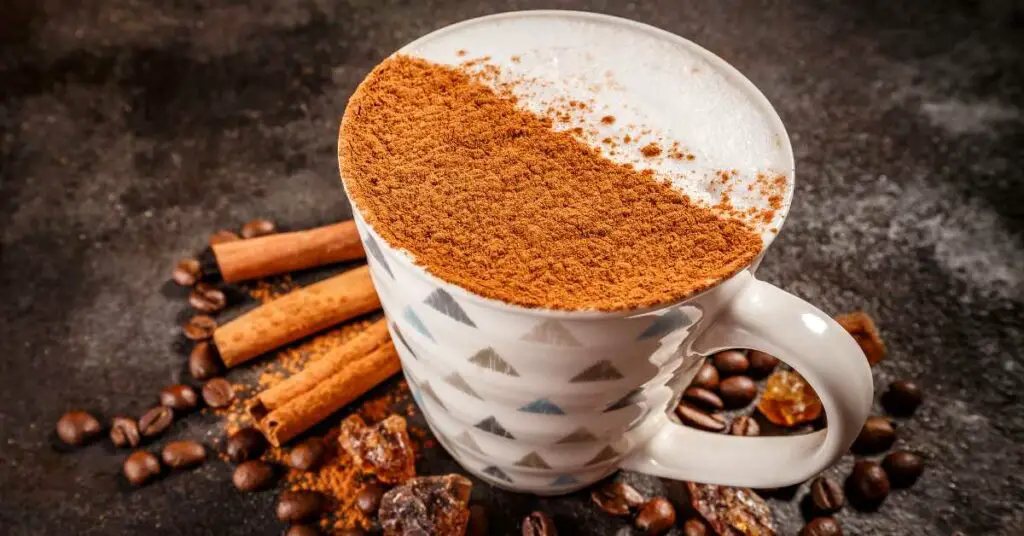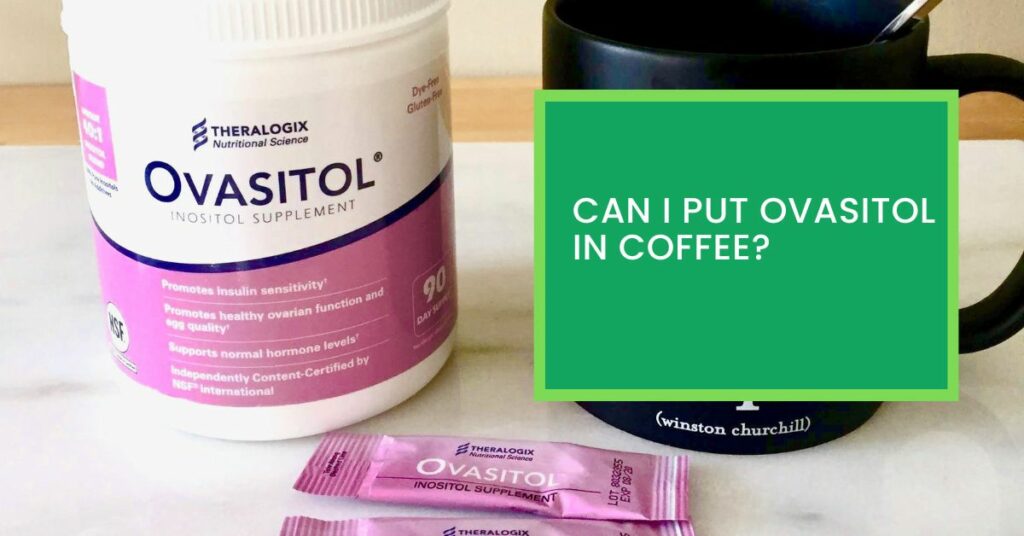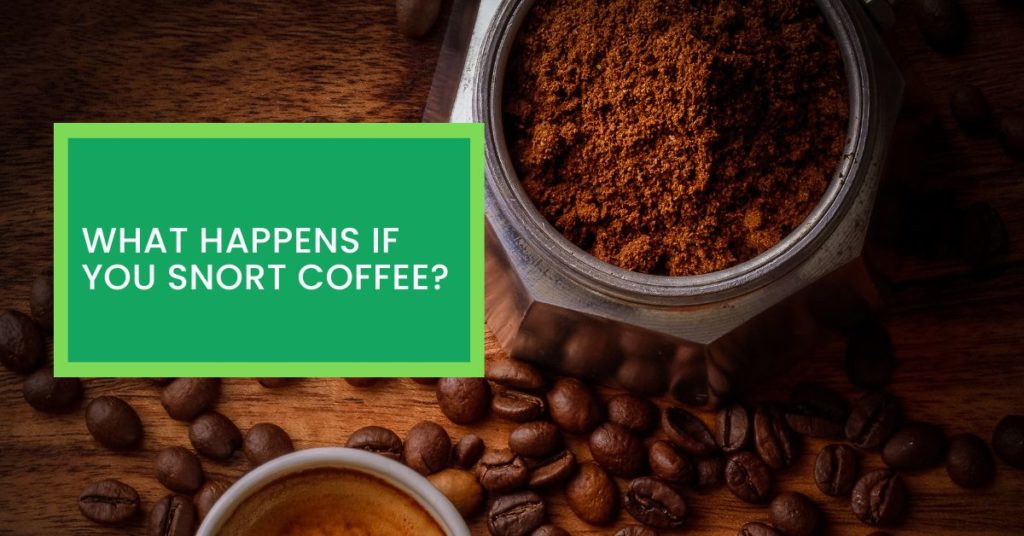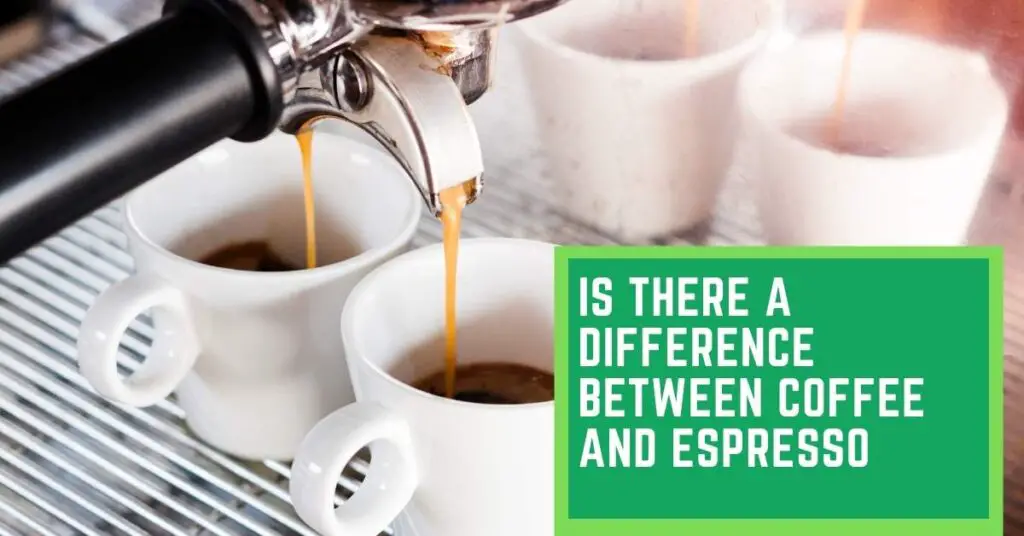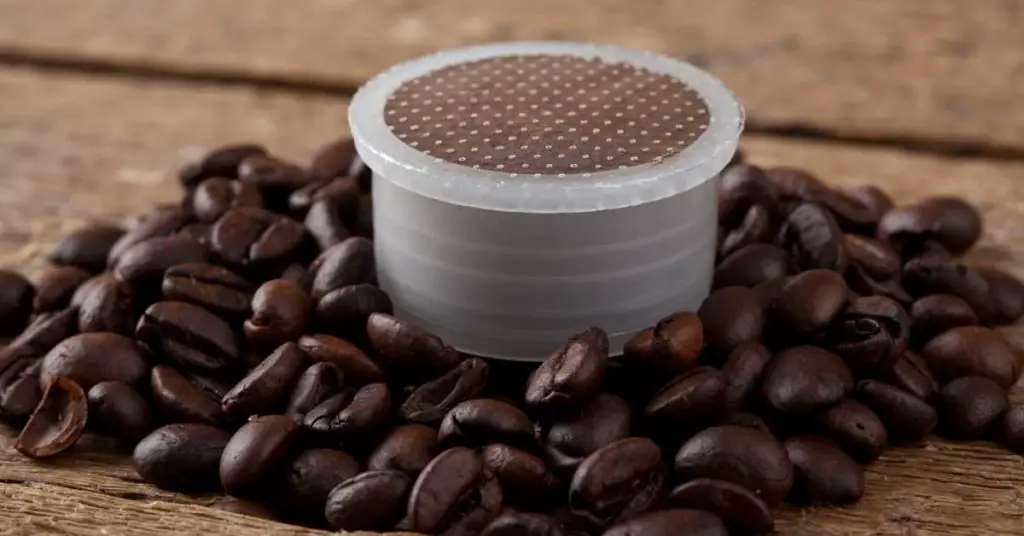Coffee and latte are two of the most popular beverages in the world. A good cup of coffee or latte can even make an average day feel extraordinary. Coffee is typically made by grinding roasted coffee beans into a fine powder which is then brewed with hot water. On the other hand, lattes are espresso-based drinks that are flavoured with various syrups, spices, or flavourings and topped off with steamed milk. Both coffee and latte offer something different yet special to all kinds of caffeinated beverage fans around the globe; for some it’s about a classic taste that never goes out of style, while for others it may be about trying something new and exciting each time they take a sip!
A latte and coffee may look very similar in a mug, but there is a distinct difference between them. The core difference lies in the type of milk used – latte usually has steamed and textured milk, while coffee is brewed with no added milk at all. Other elements such as the levels of sweetness, caffeine content and other ingredients will likely vary too – although the base ingredients for both drinks are the same, i.e., espresso beans and water – the types of preparation will create an entirely different drink. However, you can make small changes to a latte or coffee to customize it to your own preference if needed!
The key differences between latte and coffee
Latte and coffee are two popular beverages enjoyed by people around the world. While they have some similarities such as containing caffeine, a latte and coffee can vary greatly in their characteristic flavour and texture.
- Caffeine content-wise, lattes contain significantly less than coffee, at 68mg, compared to between 170mg and 220mg of caffeine.
- Additionally, lattes tend to be smoother and creamier, with a caramel-like taste, while coffee is known for its strong, bitter flavour.
- When it comes to strength, lattes generally have lower to medium strength, whereas coffees typically offer a medium to high strength.
- Calorie-wise, lattes come in at 110 calories per serving, whilst traditional coffee has virtually no calories.
- The typical roast for lattes is a dark roast, but any roast can be used for regular coffee.
- Finally, one easy distinguishing factor between the two is that lattes often feature a milk foam topping, whereas coffees are not served with toppings or add-ins beyond creamer, milk or syrups.
In conclusion, coffee and latte are two popular beverages that offer different experiences based on their unique flavour profiles. Whether you’re a fan of the strong taste of traditional coffee or the delicate sweetness of lattes, both can provide an enjoyable experience for cafe lovers around the world! Depending on your preference, you should be able to find a great beverage, whether it’s coffee or a latte. Enjoy!
How coffee is prepared
Preparing coffee is an enjoyable ritual for many people! It starts with roasting the beans over medium to high heat until they are dark brown and have a roasted aroma. Once the beans have cooled, they should be ground up into a fine powder using a burr grinder. This helps ensure that all of the flavours locked in the bean form an evenly distributed concentration, giving your final cup of coffee the best possible flavour. The grounds should be carefully measured and then added to water that has just come to a light boil – the ratio of 1 tablespoon for every 6 ounces of water is generally optimal. After this mixture steeps for a few minutes, depending on desired strength, it can be served black or with cream and sugar added. Enjoy!
How lattes are made
One of the best things about lattes is that they combine two robust flavours — espresso and steamed milk. To begin making a latte, espresso shots are pulled from a quality machine and combined with steamed milk. After stirring, a barista will finish it off with flavourings such as flavoured syrups or spices like cinnamon. This creates an indulgent cup of coffee with rich flavours, creamy textures and aromatic smells. Using different levels of foam or stronger pulls of espresso can change this signature drink in countless delicious ways to create great-tasting boutique beverages for everyone to enjoy!
Tips on making perfect coffees or lattes at home
Making perfect coffees and lattes at home is a skill that takes practice! But no matter what your experience level, there are some basic tips to help you out.
- Firstly, make sure you’re using fresh and high-quality beans to ensure optimal flavour.
- Additionally, grinding them right before brewing will ensure that all the flavour and aroma are released into your coffee.
- Investing in a good coffee machine is also essential for achieving café-style beverages at home – this way, you can control the temperature of the water and its pressure when going through the coffee grounds.
- Finally, make sure the milk you use is heated until its approximately 60 degrees Celsius, as this allows for a soft and creamy texture.
These simple steps will help you obtain perfect coffees or lattes to enjoy from your own kitchen!
Conclusion
In conclusion, coffee and lattes are two distinct beverages that have unique flavour profiles. Whether you prefer the notes of a traditional cup of coffee or the sweetness of a latte, both can provide an enjoyable experience for cafe lovers.
The main differences between these drinks are their strength, calorie count and roast type – while coffees tend to have higher strength and zero calories, lattes offer a lower strength with 110 calories per serving, typically made with dark roast beans. To make perfect cups at home, make sure to use fresh quality beans that you grind right before brewing in combination with heated milk, around 60 degrees Celsius. With some practice and patience, you’ll be able to craft café-style beverages from your kitchen! Enjoy!

